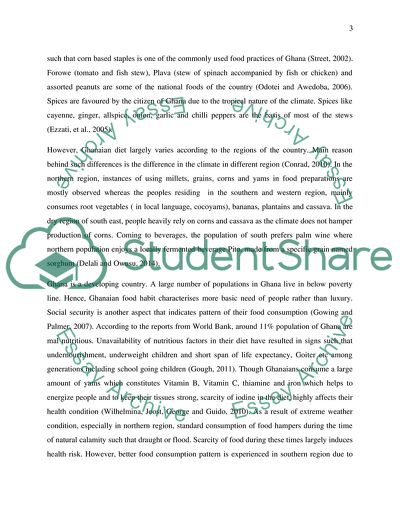Cite this document
(Why Do People Eat the Foods They Do in the Way They Do Coursework, n.d.)
Why Do People Eat the Foods They Do in the Way They Do Coursework. https://studentshare.org/culture/1851608-ghana
Why Do People Eat the Foods They Do in the Way They Do Coursework. https://studentshare.org/culture/1851608-ghana
(Why Do People Eat the Foods They Do in the Way They Do Coursework)
Why Do People Eat the Foods They Do in the Way They Do Coursework. https://studentshare.org/culture/1851608-ghana.
Why Do People Eat the Foods They Do in the Way They Do Coursework. https://studentshare.org/culture/1851608-ghana.
“Why Do People Eat the Foods They Do in the Way They Do Coursework”. https://studentshare.org/culture/1851608-ghana.


